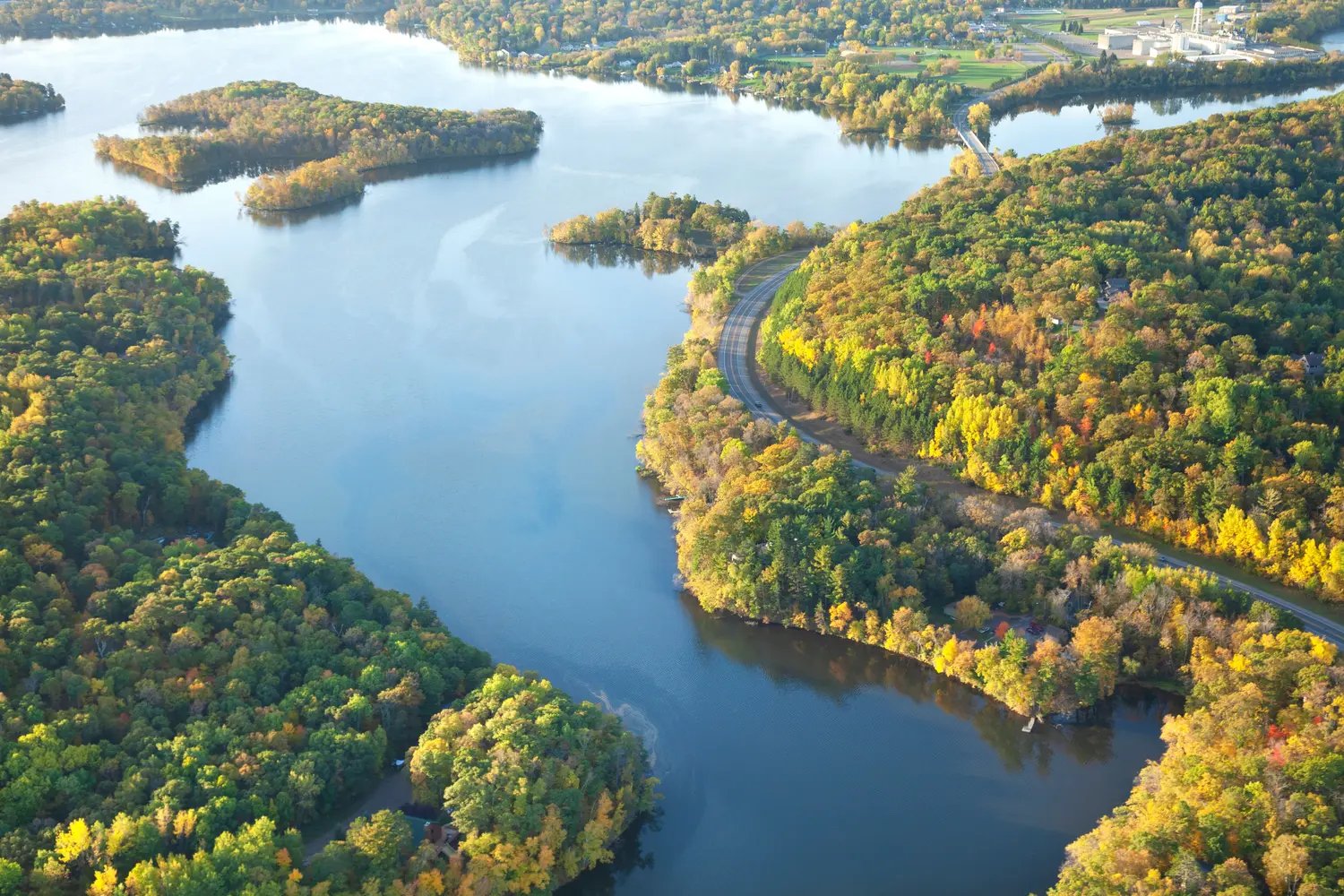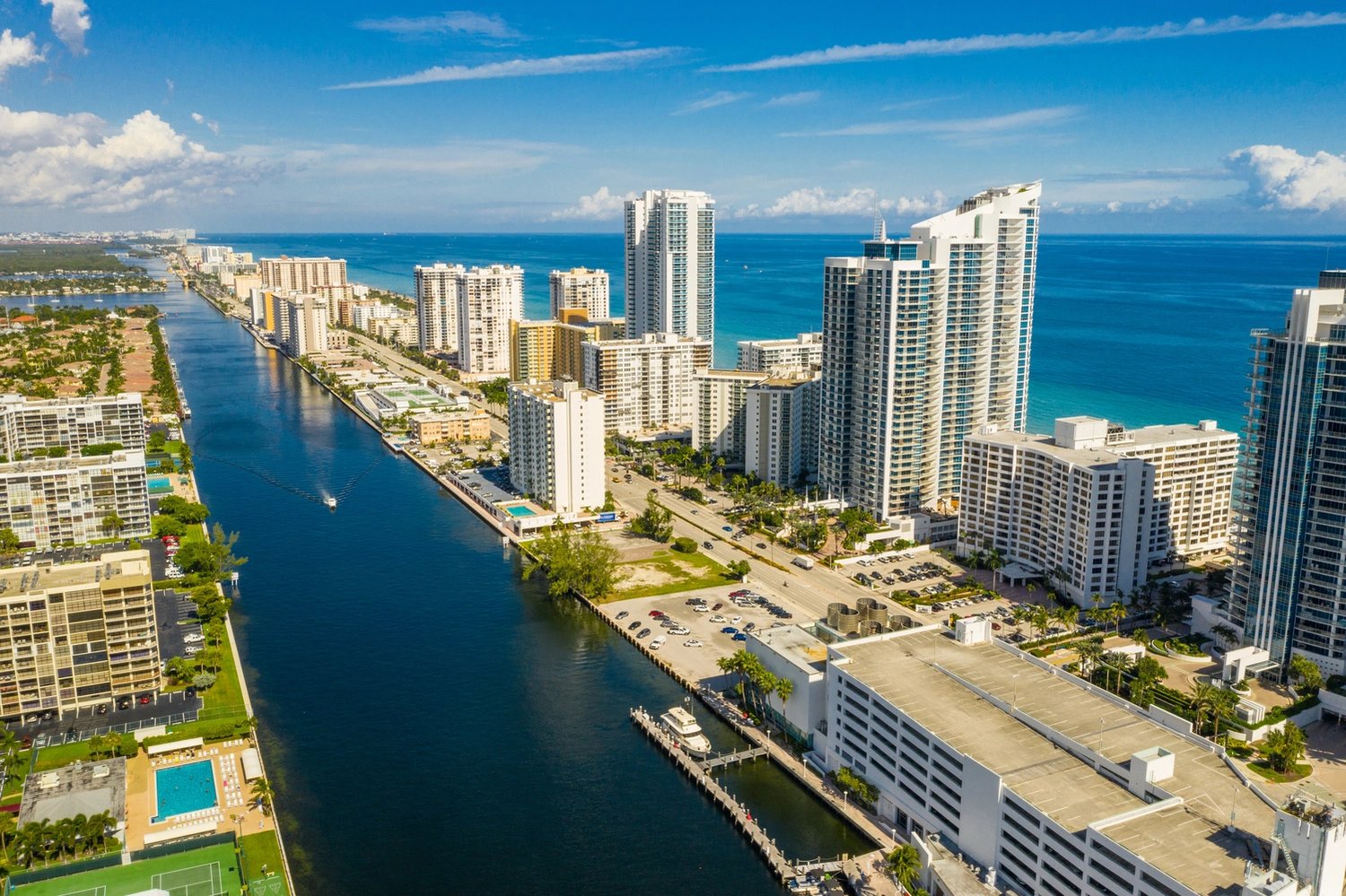Navigable Waters Protection Rule
Free Permitting Checklist
Practical Tips to Avoid Environmental Risk on all Your Projects
Download our environmental permitting checklist to get a step-by-step list of ways to protect your project from the 9 most common environmental risks.
Download Your Checklist
What are Navigable Waters?
According to the U.S. Army Corps of Engineers (USACE), the regulatory definition of traditional navigable waters are “waters that are subject to the ebb and flow of the tide and/or are presently used, or have been used in the past, or may be susceptible for use to transport interstate or foreign commerce.”
This definition outlines the rulemaking process for taking Clean Water Act regulatory actions. This ruling outlines these protected water features, helps environmental experts identify them, and aids jurisdiction debates.
Why are Navigable Waters Important?
Navigable Waters play a vital role in our economy and water system. These waters help us transport goods, such as petroleum, cost-efficiently. Additionally, these extensive waterways make up a significant portion of our nation’s surface water and can significantly impact downstream waters. Additionally, these waters serve as a habitat for many species and provide drinking water for some communities.

What Makes a Body of Water Jurisdictional?
The Clean Water Act (CWA) and Waters of the United States (WOTUS)
The Clean Water Act is the federal regulation that establishes jurisdictional waters that are under the federal government’s protection. These waters are called Waters of the United States (WOTUS). This rule protects different categories of waters, such as wetlands, territorial seas, streams, and rivers. When interacting with the environment in a way that might impact these waters, land developers must obtain various Clean Water Act permits from the United States Army Corps of Engineers (USACE). The Clean Water Act is one of the many state and federal regulations protecting our water resources and ensuring water quality for optimal public health.
The U.S. Environmental Protection Agency (EPA)
The EPA is a regulatory body that helps protect our nation’s natural resources. The Environmental Protection Agency works to establish environmental standards in the United States. This federal agency works with other regulatory agencies, such as the United States Fish and Wildlife Service and USACE, to create up-to-date and informed regulations and organizations to ensure environmental quality.
History of Waters Protections
The waters under federal protection have long been under debate. The WOTUS definition has changed with many presidential administrations and led many to federal courts about this discrepancy. Many cases, such as Rapanos v. United States, exist due to a discrepancy or an attempt to redefine WOTUS. In this case, the U.S. Supreme Court ruled against John Rapanos, an individual wishing to fill in wetlands and claiming these waters were not considered part of the WOTUS. The court ruled that as these wetlands impact traditional navigable waters, they receive CWA protection as outlined by the Department of the Army. Supreme court decisions such as this are an attempt to clear the confusion over the ambiguous definition of protected waters, but they also fuel polarizing beliefs on essential waters. This continuous waters debate has led to an extensive docket of land developers uncertain about the current policy and what permits are required.
Free Permitting Checklist
Practical Tips to Avoid Environmental Risk on all Your Projects
Download our environmental permitting checklist to get a step-by-step list of ways to protect your project from the 9 most common environmental risks.
The Clean Water Rule
The Clean Water Rule of 2015 was established under the Obama Administration to protect the WOTUS. According to the EPA, this ruling defined these waters as:
-
Traditional navigable waters
-
Interstate waters
-
Territorial seas
-
Impoundments of the jurisdiction in WOTUS- streams, and ditches were seen as having a “significant nexus” on the traditionally defined waters above
This rule emphasized ephemeral features but was still considered by others to be too limited in its scope of authority.
Both the 2015 Clean Water Rule and the 2020 Navigable Waters Protection Rule included protections for navigable waters. This inclusion is likely due to their significant role in our economy and environment. Without protections for these waters, many industries and local communities would suffer.

The Navigable Waters Protection Rule
Cases such as Rapanos vs United States pushed leaders to work on clarifying what waters are considered WOTUS. The 2020 Navigable Waters Protection Rule (NWPR) was an executive order by the Trump Administration to repeal the 2015 Clean Water Rule and redefine WOTUS. According to the Federal Register, this new rule drastically limited the scope of WOTUS and defined them as:
-
The traditional navigable waters and territorial seas include large lakes, rivers, and waterbodies that are tidally influenced and used in foreign or interstate commerce
-
Perennial and intermittent streams and rivers that, in a typical year, add to a traditional navigable water’s flow source
-
Ponds, lakes, and impoundments of jurisdictional waters that, in a typical year, add to the surface water flow into a traditional territorial sea or traditional navigable water
-
An adjacent wetland that physically touches jurisdictional water is separated from a water of the U.S. by only a natural berm, bank, dune, or wetland inundated by flooding from a water of the U.S.
This ruling notably excluded dry tributaries-or ephemeral streams. The exclusion of these waters was notable, as prior protections covered all stream classifications. Dry tributaries can impact surface and groundwater quality, especially when there is an influx of stormwater. These streams flow into traditional navigable waters and can rapidly impact environmental quality once in these larger water bodies. Their impact on waters used for drinking, agriculture, and economic sustainability (such as navigable waters) is seen by many as a reason they should be classified under the protection of the WOTUS rule. This exclusion was concerning for environmentalists and confusing for developers as they were uncertain which nationwide permits now applied to their projects.
Additionally, the NWPR left unprotected features such as groundwater, prior converted cropland, stormwater, and artificial lakes. These waters make up a significant portion of our water system, though not as easily identifiable as traditional navigable waters. Many of these waters lacked a clear regulatory definition as prior rulings extended a broader blanket of protection that encompasses these waters and related features. Due to this, the EPA and USACE had to work to create additional definitions for these features to avoid continued confusion regarding the protection of waters.
Though this ruling sought to be concise, it lacked protections for substantial pieces of water systems. These exemptions divided environmentalists, policymakers, and land developers who desired protection for these neglected features. This ruling was a stark contrast to the regulatory regime of Obama.
On August 30, 2021, the U.S. District Court for the District of Arizona informed the EPA of their intention to vacate the NWPR due to substantial flaws- signification waters neglected- found in the ruling during the Pascua Yaqui Tribe v. U.S. Environmental Protection Agency case. This trial turned the page to a new era of CWA inclusions- and another redefining of WOTUS.
Current Protections: Awaiting a Final Rule
The United States currently follows a pre-2015 ruling on protecting U.S. waters. This protection includes protection for ephemeral features and waters beyond traditional navigable waters. Until a proposed rule is created, each district of the Army (USACE subdivisions) will continue to issue permits according to this ruling. As we await this ruling under the Biden administration, it is essential to stay up to date regarding current protections for waters.
How to Identify Protected Waters
Environmental Consultants
Environmental consultants are experts trained to identify environmental risks on a site and provide permitting next steps for a project. Consultants perform an environmental assessment and complete a summarizing report of their findings in a few weeks to months. This report contains every environmental risk found on the site, such as navigable waters or an endangered species, and the consultant’s recommendations for permitting and potential mitigation efforts.
Consultants identify waters for jurisdictional determination. Once a water is identified as under federal jurisdiction, they guide developers on permitting steps established by the Army corps. These experts are trained in local, state, and federal regulations; they can provide environmental permitting information from a U.S. district court ruling to the details of the federal Clean Water Act. Knowing the federal and state laws is essential, as the rules for interacting with navigable waters in New York may differ from the regulations for Illinois waters.
The environmental consulting effort can be costly, and findings can potentially halt a project. Should a protected feature be identified during construction, revisions will likely have to be made to the site plan. Though protected water may seem easy to identify, an expert must confirm the existence of these waters and the implications of its presence on the site to ensure proper environmental and project timeline management.
Automated Due Diligence
Environmental due diligence software, such as Transect, provides this same environmental assessment in minutes. Additionally, the software offers permitting next steps and recommendations. With features such as Ghost Waters, the platform can identify ephemeral streams and navigable waters on a property that do not appear in other datasets.
By identifying these protected features earlier in the development process, land developers can avoid non-viable sites. Land developers, stakeholders, and team members can confidently move forward with a project after performing the site selection process, knowing their environmental risks before ever breaking ground or signing a lease. Additionally, knowing what permits are required for your site under current rulings can eliminate significant stress and save countless hours.
Free Permitting Checklist
Practical Tips to Avoid Environmental Risk on all Your Projects
Download our environmental permitting checklist to get a step-by-step list of ways to protect your project from the 9 most common environmental risks.
